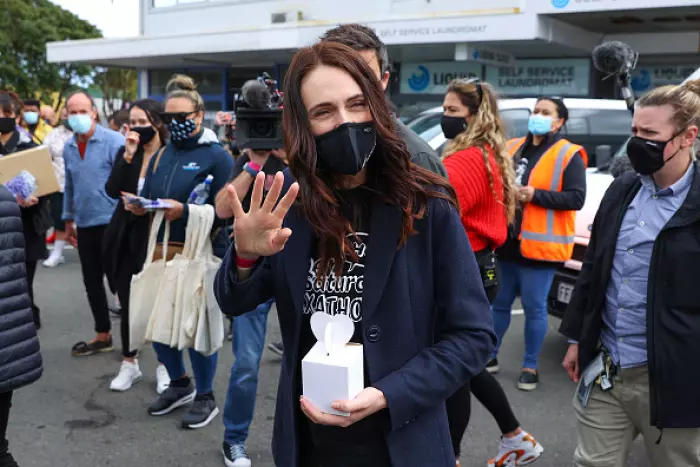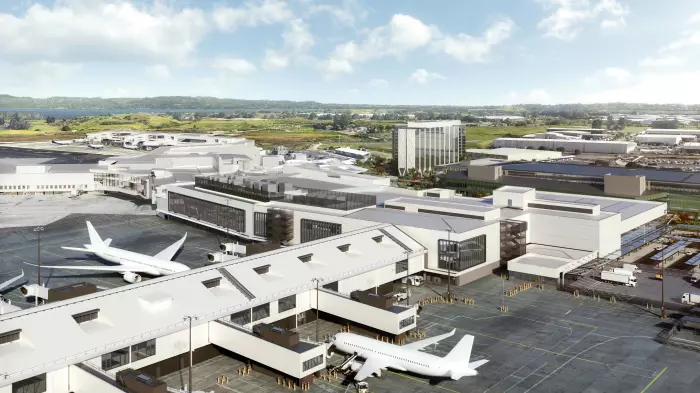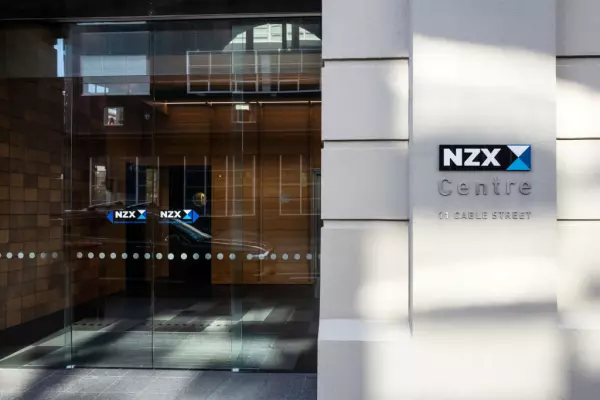If we are to uncritically accept prime minister Jacinda Ardern’s words, for the second time New Zealand is becoming a world leader in the fight against the covid-19 pandemic with initiatives such as its new traffic lights to replace the existing alert levels.
However, the reality is opposite. We are witnessing a shift in the focus of covid-19 response decision-making from health to politics, along with a new ‘working it out as they go’ narrative on how to rationalise this to the public.
The first time we were a world leader. In March 2020 Aotearoa adopted the elimination strategy of zero tolerance (‘fast and hard’) towards community transmission. The world leadership claim was justified on this occasion right up to late September, following the arrival of the much more deadly delta variant in mid-August. Our mortality rate was extraordinarily low (five per one million people), our OECD ranking in economic performance was the highest, and New Zealanders enjoyed greater freedoms and for longer than those living in most developed economies.
But the second world leadership claim is nonsense. The decisive factor was not the arrival of delta. In immediate response we went into a national level 4 lockdown on Aug 17. Instead the decisive factor was lowering Auckland’s lockdown alert to level 3 effective on Sept 22.
The results under level 4 had been impressive. After little more than a week the growth in delta daily cases ceased to increase (peaking at 82) and then trended downwards. Further, apart from very small initial cases in Wellington, delta was confined to Auckland. This enabled the country outside Auckland to quickly lower to level 3 for a brief period and then to level 2 (with no cases being reported).
The numbers
When daily cases are reported they are capturing infections that occurred around a week earlier. Two days after the start of level 3 Auckland had its first single digit (nine) number of daily cases and its second a further four days later (eight). These results were directly attributable to level 4.
But the impact of dropping to level 3 first hit Auckland on Sept 29 with new daily infections leaping to 45. Thereafter they trended upwards. A new national peak of 160 was reached on Oct 30 (151 in Auckland). The rolling three-day national average has increased from a low of 13 (Sept 28) under level 4 to 125 (Oct 30).
Infections are now widely spread across over 120 Auckland suburbs. The capacity to maintain effective testing and contact tracing is at risk of being overwhelmed (already sub-clusters have had to be discontinued). Alarmingly the number of ‘mystery’ cases not linked to known cases is surging upwards (from between five and 15 in September to 358 on Oct 20).
Covid-19 modellers Te Pūnaha Matatini, whose most prominent public figure is professor Shaun Hendy, provided advice to government on possible delta outcomes in Auckland. They charted possible ‘optimistic’ and ‘pessimistic’ scenarios.
The former involved Auckland staying at level 4 for 60 days when almost all trajectories for spread should be either contained or eliminated. Under this scenario Auckland would have lowered to level 3 by Oct 18. Based on past and recent experience it is reasonable to assume that level 3 would have continued for a further week or two before lowering to level 2 around the end of October.
Under the ‘pessimistic’ scenario the modellers assumed Auckland moved to level 3 on Sept 16 (six days before it did). Their consequential trajectories followed closely what Auckland is now experiencing. The difference between the two modelling scenarios was that level 4 would have continued for a further two-to-three weeks but lockdown would now be over rather at than the end of November.
This modelling was given to government three weeks after delta arrived and before the decision to lower Auckland to level 3. Initially government looked to following the ‘optimistic’ scenario. It was working. Then, without explanation, it u-turned to the ‘pessimistic’ option.
But the u-turn didn’t happen with lowering the alert level. At that time government was applauding the success of level 4 and continuing to emphasise its commitment to the zero tolerance elimination strategy. Aucklanders were praised for their high compliance.
The alert level lowering was poor judgement due to overconfidence. This might have been due to hyped political cockiness or flawed Ministry of Health advice (lack of transparency makes this unclear).
The u-turn occurred through shock and panic with the sudden turnaround in exponentially increasing infections from Sept 29. Suddenly previously overconfidence was shattered. Then there were the pressures of former prime minister John Key’s ‘hermit kingdom’ attack and from some business quarters.
Elimination by another name
At a media conference on Oct 4 Ardern insinuated that the elimination strategy in Auckland was to be replaced. But it took a further week of confusion for this to be confirmed.
The u-turn required working out a new narrative to explain it to a confused public beginning with a new brand name – ‘suppression’ (mitigation by another name). The rushed confusing introduction of formal steps within level 3 followed.
Previously level 4 was partly justified because our public hospitals didn’t have the capacity to cope if delta succeeded in running rampart. Now that delta is rapidly spreading the narrative has magically shifted to the hospitals can cope.
Vaccine certificates are central to justifying the u-turn but they had been discussed for some time. Despite presenting challenges they are a good initiative. They would sit well within the lowest two alert levels.
The milestone of at least 90% of each of the populations in the 20 district health boards fully vaccinated makes good sense. But, to assist the narrative to explain the u-turn, it was also announced the current alert levels would be replaced by a new traffic lights system.
Alert levels have existed without lockdowns for much of the pandemic. As we face an uncertain post-lockdown pandemic future, it would be sensible to continue with the familiar and flexible alert level system beyond achieving the 90% vaccination milestone. It can do all the things the traffic lights might do. But continuation gets in the way of the political objective of a new branding to explain away the government’s serious judgement error of lowering to level 3 too early.
From applauding Aucklanders for sticking to the rules thereby making elimination a success, it is now blaming the upsurge of daily infections on breaches. But, as bad and irresponsible as these are, breaches are an overstated sub-set of the delta spread drivers.
Prematurely lowering to level 3 had two main effects. It increased the movement of people quite considerably compared to the more restrictive level 4. Second, it encouraged complacency. It occurred at a time when the government, health ministry and experts were expressing a high level of confidence with the success of level 4. It is clear that when delta is already circulating level 3 is ineffective as a zero tolerance response.
This is what happens when politics replaces the health of the population as the driver of the pandemic response. But it is bad politics. Aotearoa a world leader? Bollocks.














